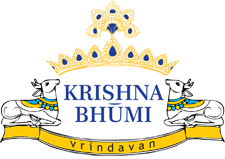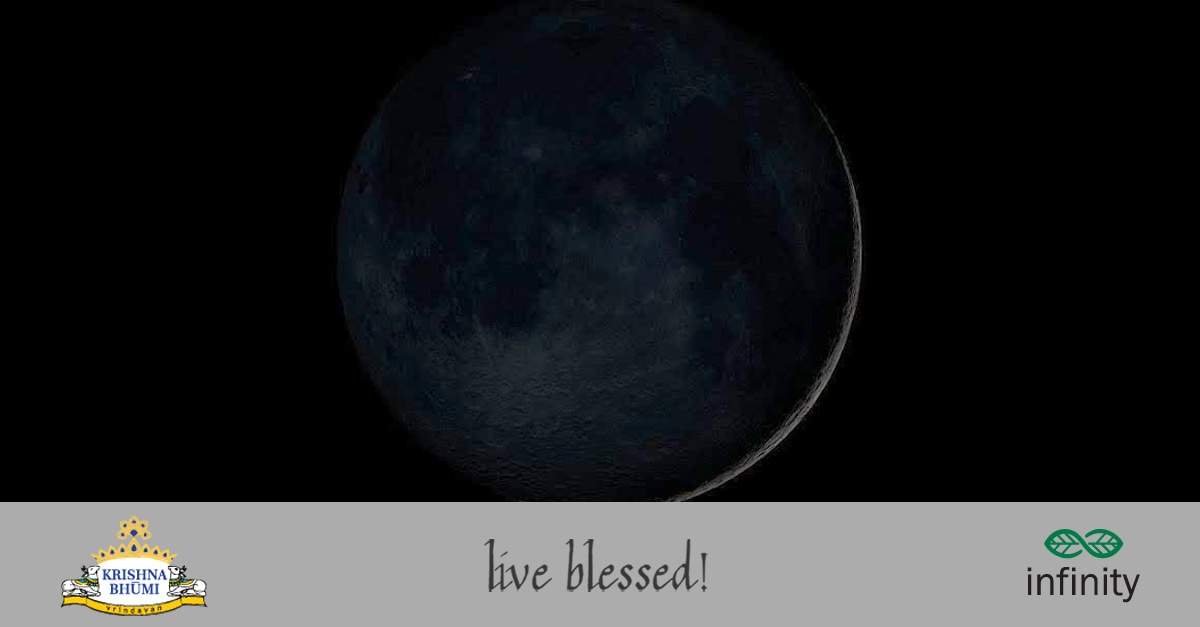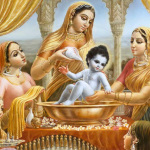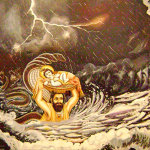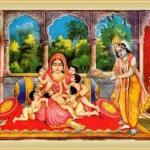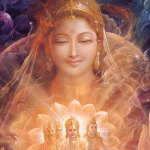How the Krishna Bhakti Movement spread in India
The Krishna –Bhakti Movement had its beginnings in the Tamil speaking region of Southern India. This was in the 6th or the 7th century A.D. This was due to the Alvar poets. Alvar poets immersed themselves in God and indulged in writing devotional songs. The most celebrated of the Alvar poets is probably Andal, who was also the only woman poet among their ranks. The Alvars believed in devoting themselves to God through bhakti, or love. In order to express their ecstasy they sang songs which expressed the depth of what they were feeling. From South Indian regions of Tamil Nadu and Karnataka, this movement reached Maharashtra and then finally Bengal.
Massive amounts of devotional literature regarding Krishna had already been written. However, the problem was that the language of that time was Sanskrit and while the elite classes knew how to read and write Sanskrit, the common masses did not. People belonging to the elite class were able to enjoy pieces of literature like ‘Gita Govinda’ or ‘Krishna Karnamritam. On the other hand, the work that the Bhakti saints produced in regional languages became very popular with the masses. In north India, Meerabai and Surdas’s songs epitomized devotion towards Krishna.
The Bhakti movement did not start with any specific structure but only with the idea that the ‘bhakts’ could have an individual and personal relationship with God. However, this changed when in the 11th century A.D; the Vaishnava bhakts started building elaborate frameworks regarding the nature of their worship. Nimbarka, Vallabhacharya and Shri Chaitanya Mahaprabhu, who was considered to be an incarnation of Krishna himself, were all heavily influenced by the ideas of Madhvacharya of 11th century A.D. These four people went on to establish the most renowned schools of Krishna Bhakti. The schools were known as Nimbarka Sampradaya, Gaudiya Vasihnavism and Vallabha Sampradaya. These schools not only looked at Krishna as an avatar of Vishnu, but as a supreme god in his on right.
In the Deccan part of India, especially in Maharashtra, there were saint poets who belonged to the Varkari sect. These saint poets were Dnyaneshwar, Janabai, Tukaram, Namdev and Eknath. These people worshipped a local form of Krishna known as Vitobha. Some famous Krishna bhakts of South India were Kanakadasa and Purandara Dasa.
Amaavas
Amavasya or amaavas is the darkest night of the traditional Hindu calendar. This happens because there is a lunar eclipse on that night and understandably, the moon is hidden from sight. Due to this phenomenon, natural light is almost nil. The festival of Diwali also falls on such a night.
The spiritual significance of Diwali may differ from region to region in India. However, in the Ramayana, Diwali was celebrated to honor the returning of Ram, Sita and Lakshman from their 14 year long exile. Most of the people celebrate Diwali keeping this reason in mind. In a more abstract sense, it is believed that Diwali is the expression of the belief that good will always vanquish evil.
Whatever our reasons for celebrating this festival, it is always important to remember that due to this festival, we light a diya on a moonless night and dispel the darkness. This might not mean much literally in the age of electricity and back up generators. But on a philosophical level, no matter how much negativity and darkness surrounds us, we always have the power to lessen it by being the source of light.
Henceforth when we celebrate Diwali, let us keep this thought in mind. This philosophy is not something that is to be tucked away all year and only be reflected upon during this festival. It is something that if followed, can make us stronger in our day to day lives.
